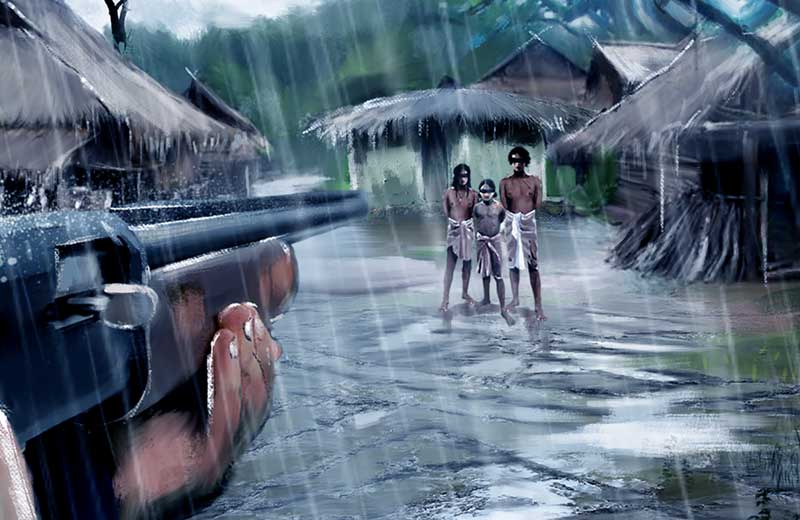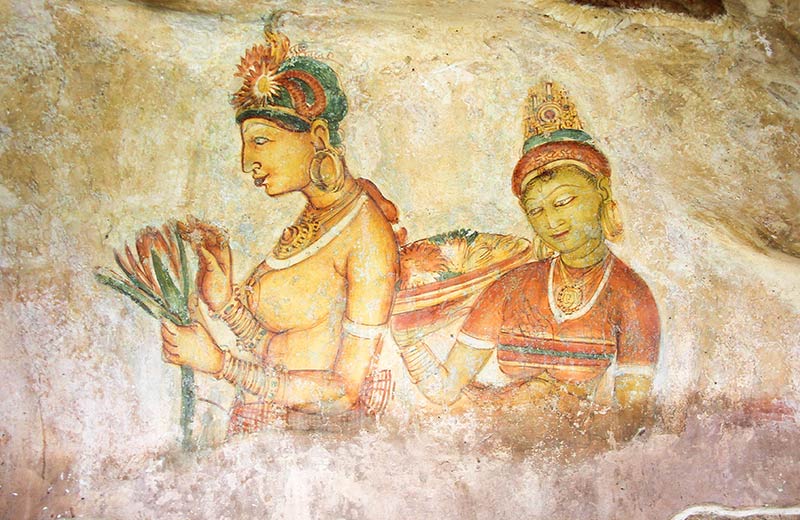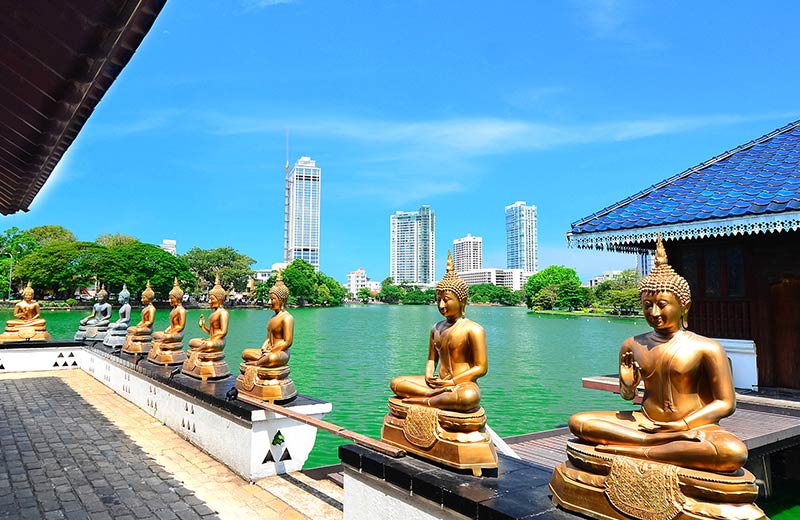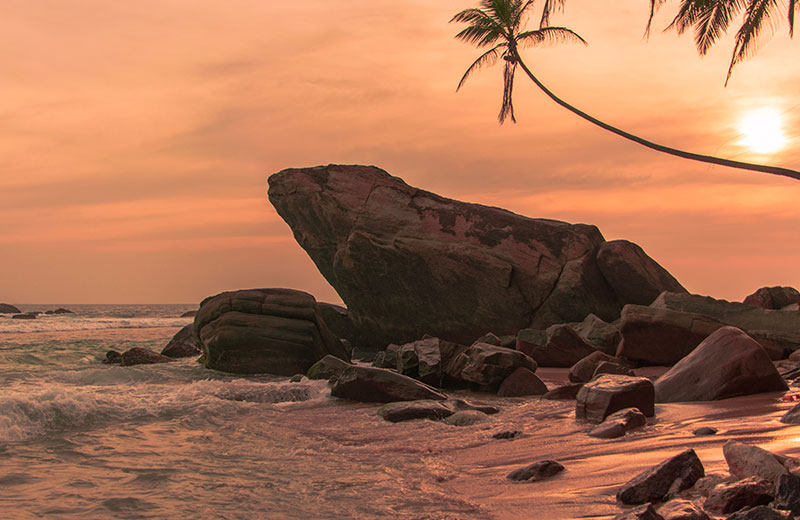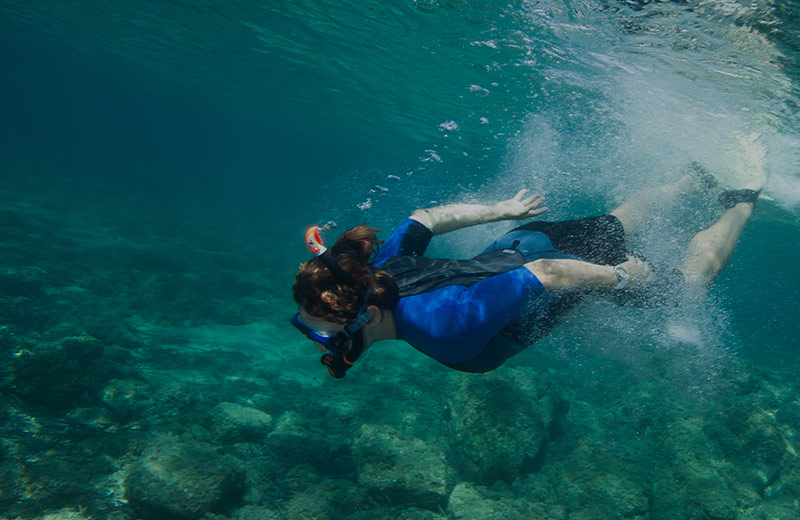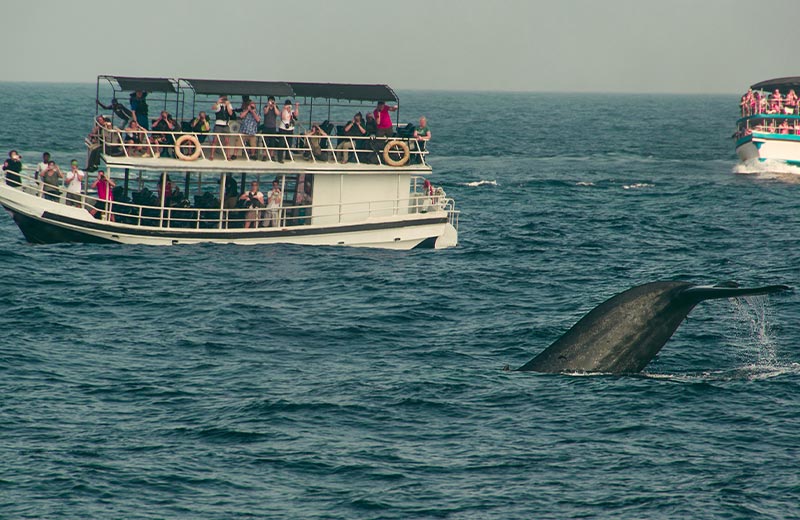The Galle Fort
The Galle Fort was originally a rather primitive construction undertaken by the Portuguese. The Dutch colonizers built the stone fort that is visible today, after they seized control of the city from the Portuguese. The British, who subsequently took over from the Dutch, further developed and fortified the fort city. Today, the Galle Fort has been inscribed as a cultural heritage UNESCO World Heritage Site and is maintained by the Archeological Department of Sri Lanka. The fort city, which resembles an old European town, is celebrated for skillfully marrying European architecture with South Asian traditions. A walk down the cobblestone streets of the fort offers a charming glimpse into the lives of the old colonial masters and the culturally diverse inhabitants of the city.
Some of the key places of interest within the fort are the churches built by the Dutch and the British, the Buddhist temple and Islamic mosque, the fort ramparts, the old Dutch Hospital, which is now
a shopping and dining area, the bastions of the fort and the former headquarters of Dutch commanders, which is now a luxury boutique hotel. The fort also houses the National Museum of Galle and the National Maritime Museum.
Martin Wickramasinghe Folk Museum
Martin Wickramasinghe was a famous Sri Lankan author who based much of his work on local village life. His former home located in Koggala, is now a folk museum operated by the Martin Wickramasinghe Trust. The museum is a repository of artefacts which depict the history of Sri Lankan folk culture. You can view objects such as clay pots, grinding stones, iron smelting furnaces, wooden carts, carriages, masks, puppets, fishing equipment and traditional musical instruments which were used by village folk in days gone by. The surrounding gardens also have many attractions in terms of indigenous plants and trees, as well as a variety of bird life.
